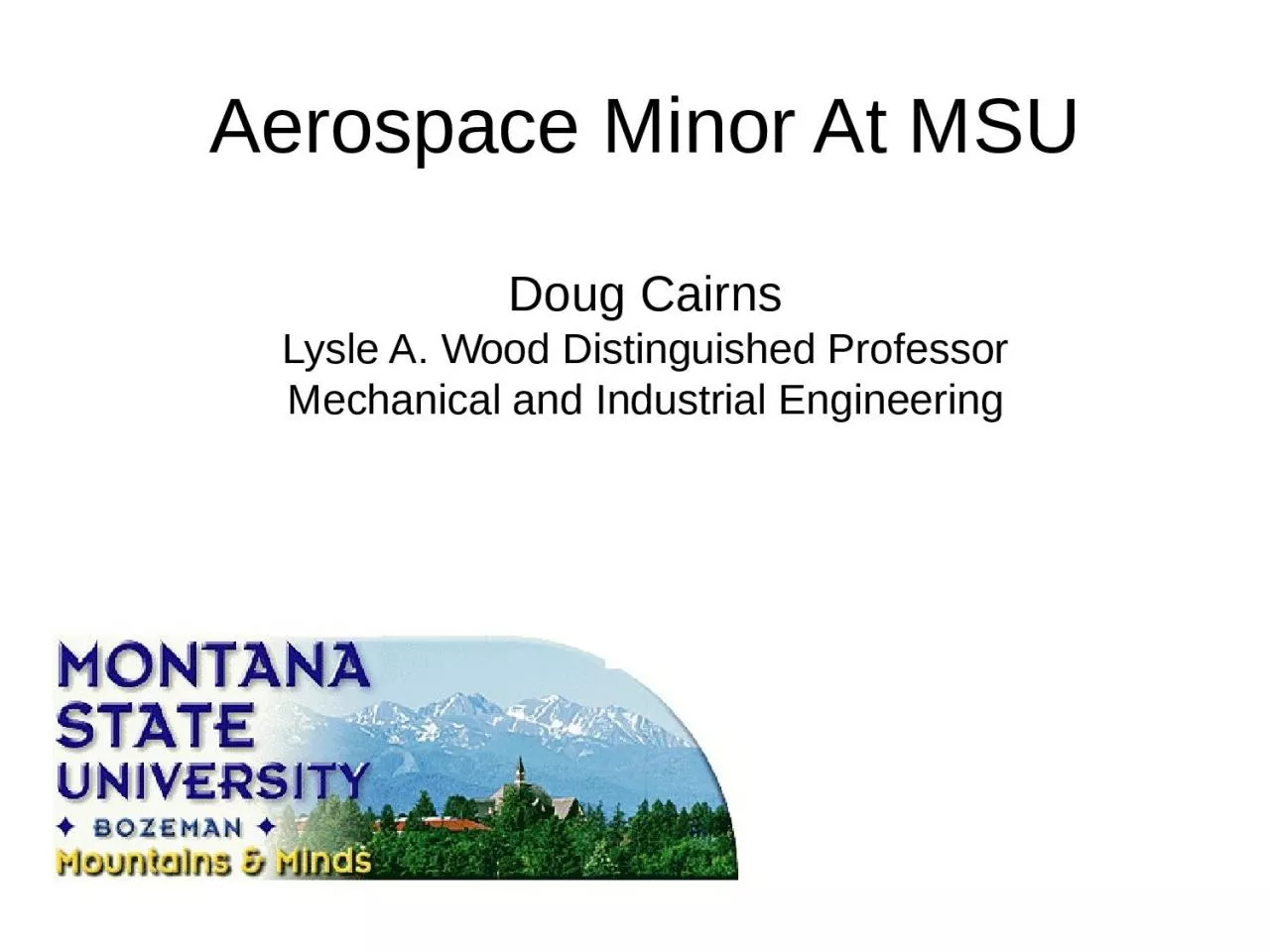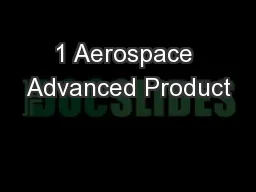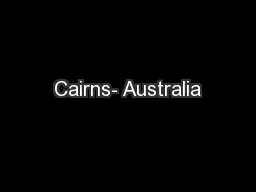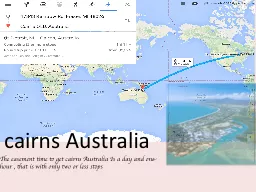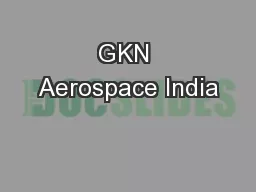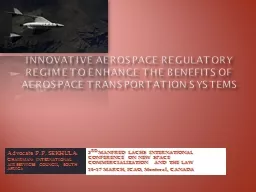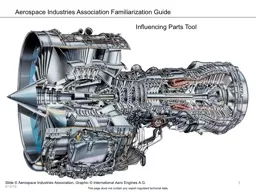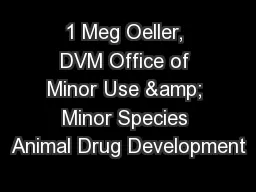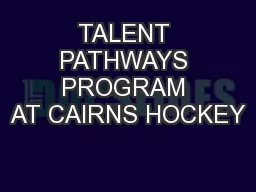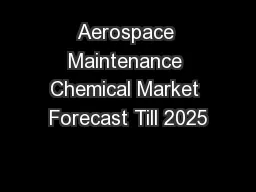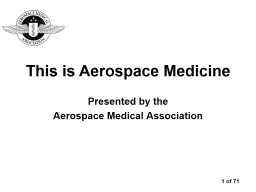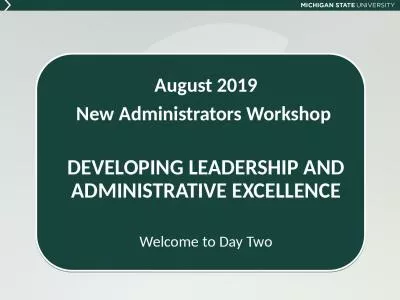PPT-Aerospace Minor At MSU Doug Cairns
Author : gagnon | Published Date : 2022-06-18
Lysle A Wood Distinguished Professor Mechanical and Industrial Engineering Lysle Wood Professorship Lysle A Wood BSME 1925 Goals of the Professorship Make a positive
Presentation Embed Code
Download Presentation
Download Presentation The PPT/PDF document "Aerospace Minor At MSU Doug Cairns" is the property of its rightful owner. Permission is granted to download and print the materials on this website for personal, non-commercial use only, and to display it on your personal computer provided you do not modify the materials and that you retain all copyright notices contained in the materials. By downloading content from our website, you accept the terms of this agreement.
Aerospace Minor At MSU Doug Cairns: Transcript
Download Rules Of Document
"Aerospace Minor At MSU Doug Cairns"The content belongs to its owner. You may download and print it for personal use, without modification, and keep all copyright notices. By downloading, you agree to these terms.
Related Documents

